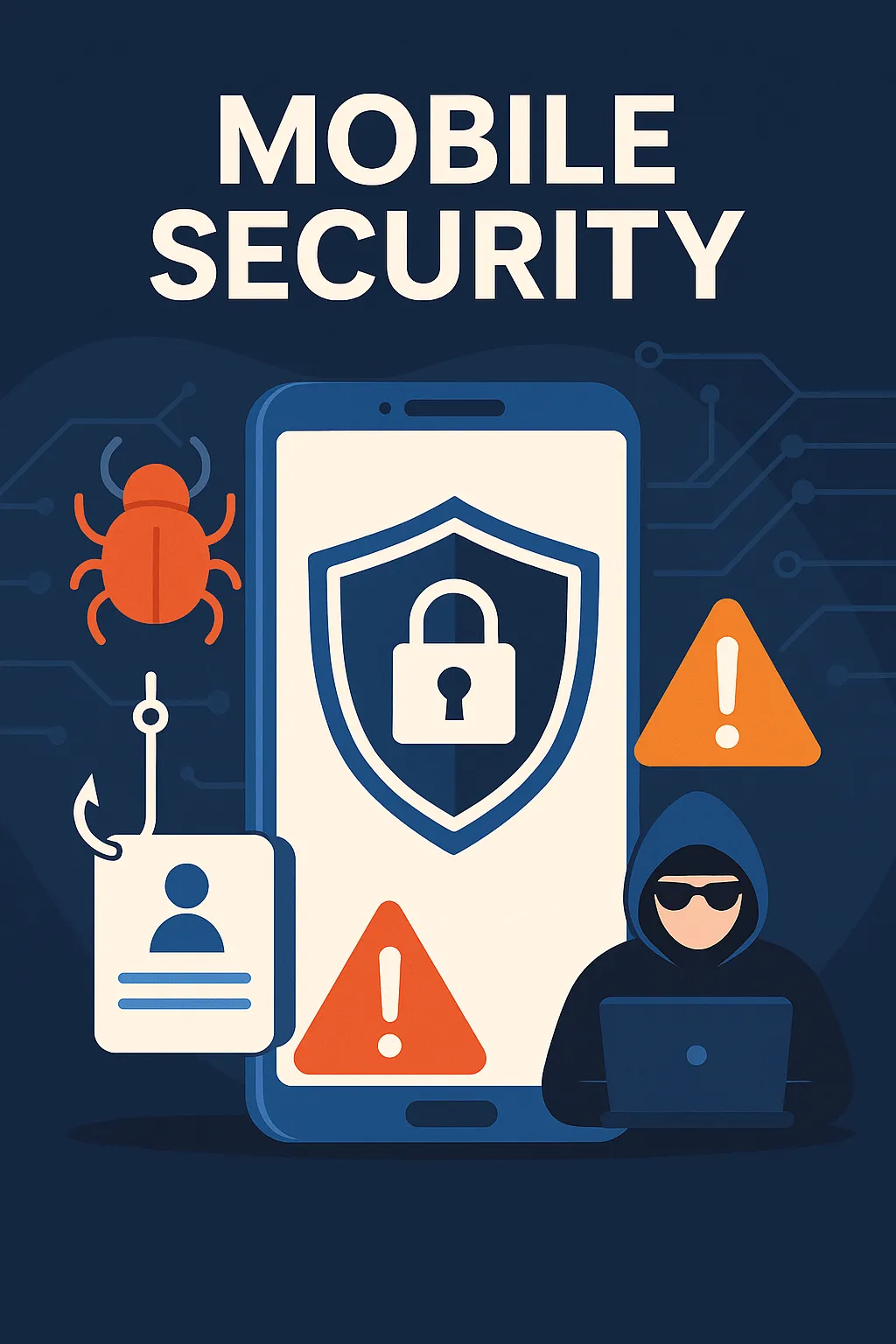Google Workspace Security Best Practices: Secure G-Suite Like a Pro
With the increasing adoption of cloud services, securing sensitive information has become paramount. Google Workspace, formerly known as G-Suite, is extensively used by businesses for collaboration and productivity. This blog post explores essential security best practices for Google Workspace, guiding you to secure your environment effectively. For a comprehensive understanding, we draw on recommendations from a recent article alongside expert cybersecurity insights.
1. Implement Strong Authentication Measures
One of the fundamentals of securing any online service is the robustness of its authentication mechanisms. Google Workspace supports multi-factor authentication (MFA), which dramatically reduces the risk of unauthorized access. Enabling and enforcing MFA for all users is crucial.
2. Manage User Permissions Carefully
Appropriate access control is vital. It is important to adopt a principle of least privilege (PoLP), ensuring that users have access only to the resources essential for their roles. Regular audits of user roles and permissions can help prevent data breaches resulting from excessive permissions.
3. Use Advanced Security Settings
Google Workspace offers advanced security settings that can provide additional layers of protection. Utilizing security features such as Data Loss Prevention (DLP), Secure/Multipurpose Internet Mail Extensions (S/MIME) for email encryption, and context-aware access can significantly enhance your security posture.
4. Engage in Regular Security Audits
Continuous assessment is key in maintaining a secure IT environment. Conducting regular security reviews and vulnerability assessments can help identify and mitigate potential security gaps in your Google Workspace configuration.
5. Train Your Users
Human error remains one of the largest security vulnerabilities. Regular training sessions on best security practices, recognizing phishing attacks, and safe internet habits can empower users to act as a first line of defense against cyber threats.
Conclusion
Securing Google Workspace requires a multipronged approach involving technical measures, administrative controls, and user education. By adopting the outlined best practices, organizations can enhance their security and protect their critical data from emerging threats. Continuous improvement and adaptation to new security challenges are essential for maintaining robust defense mechanisms.
